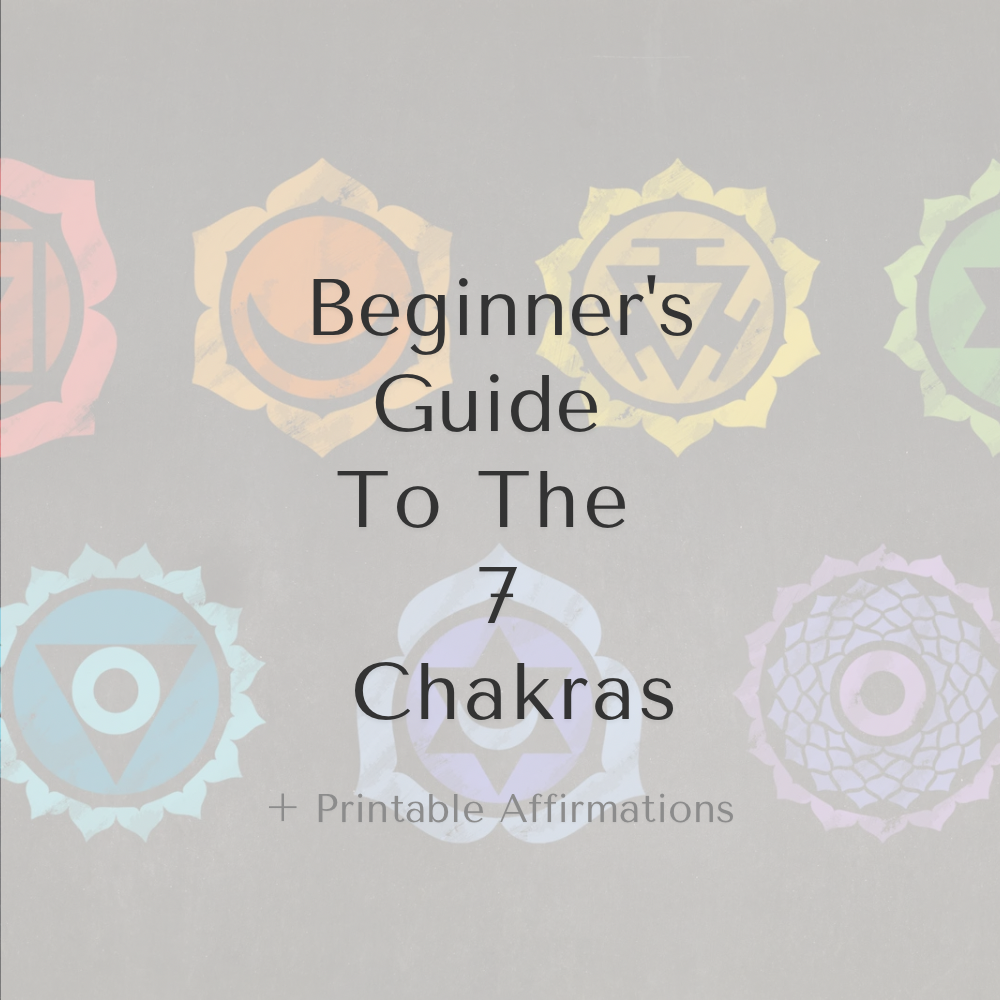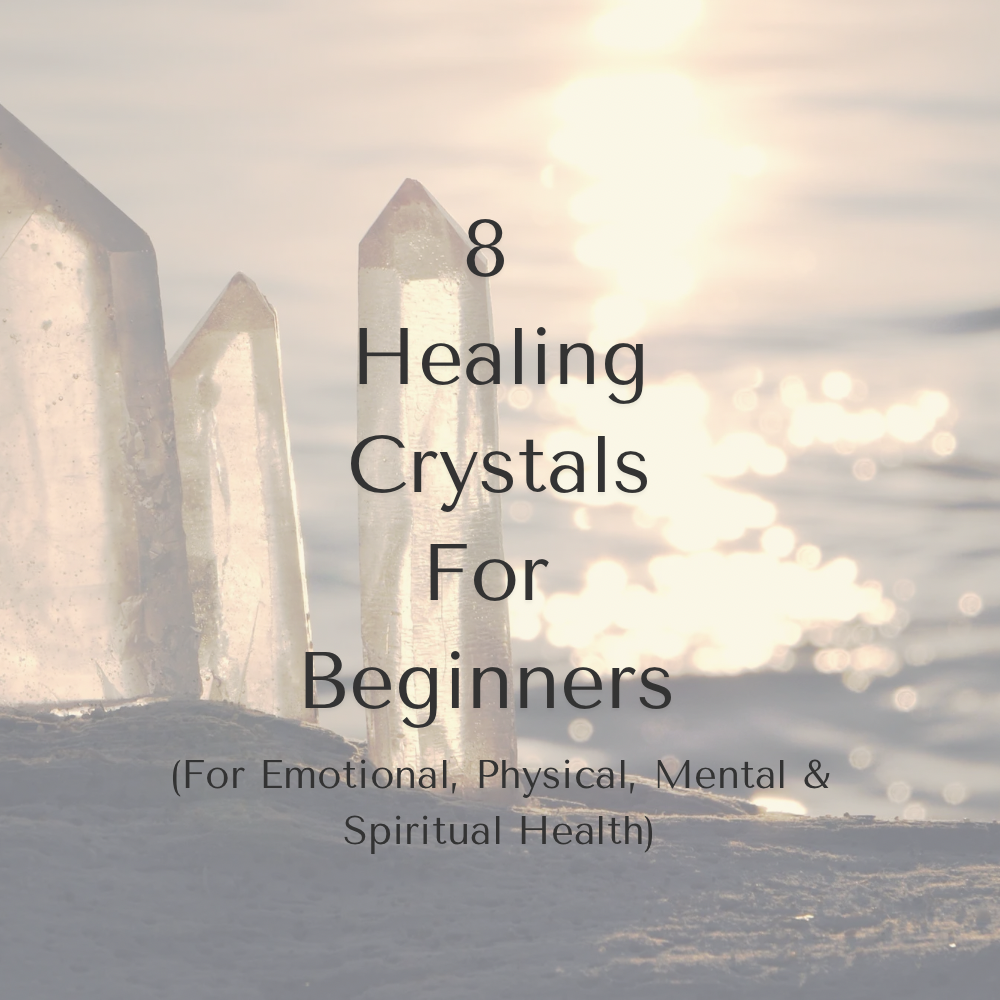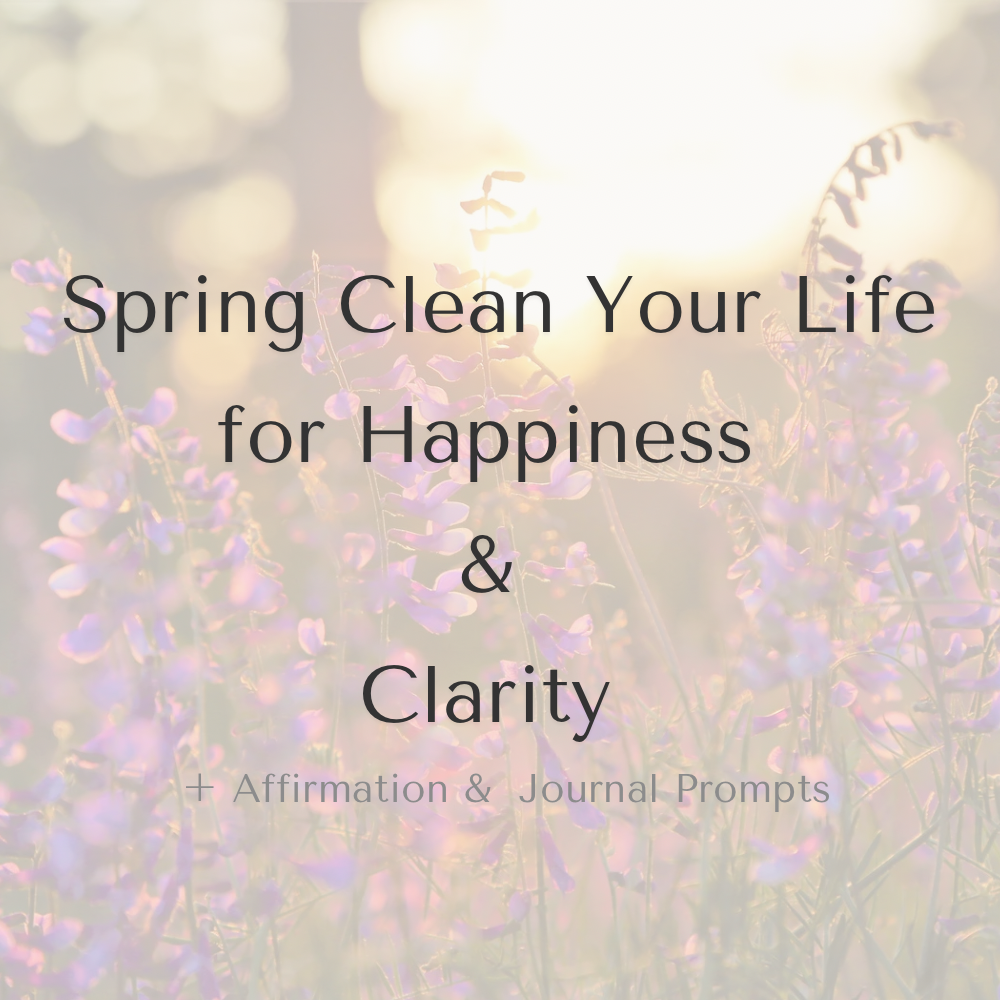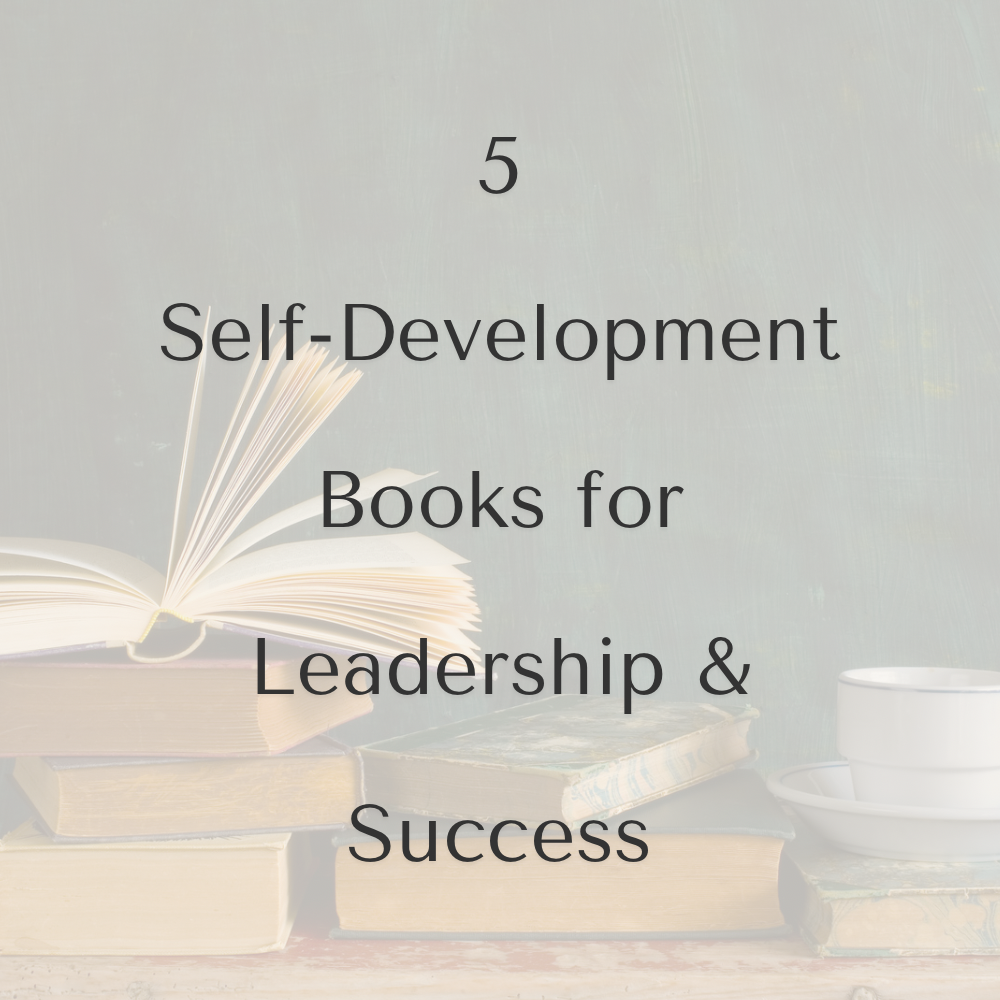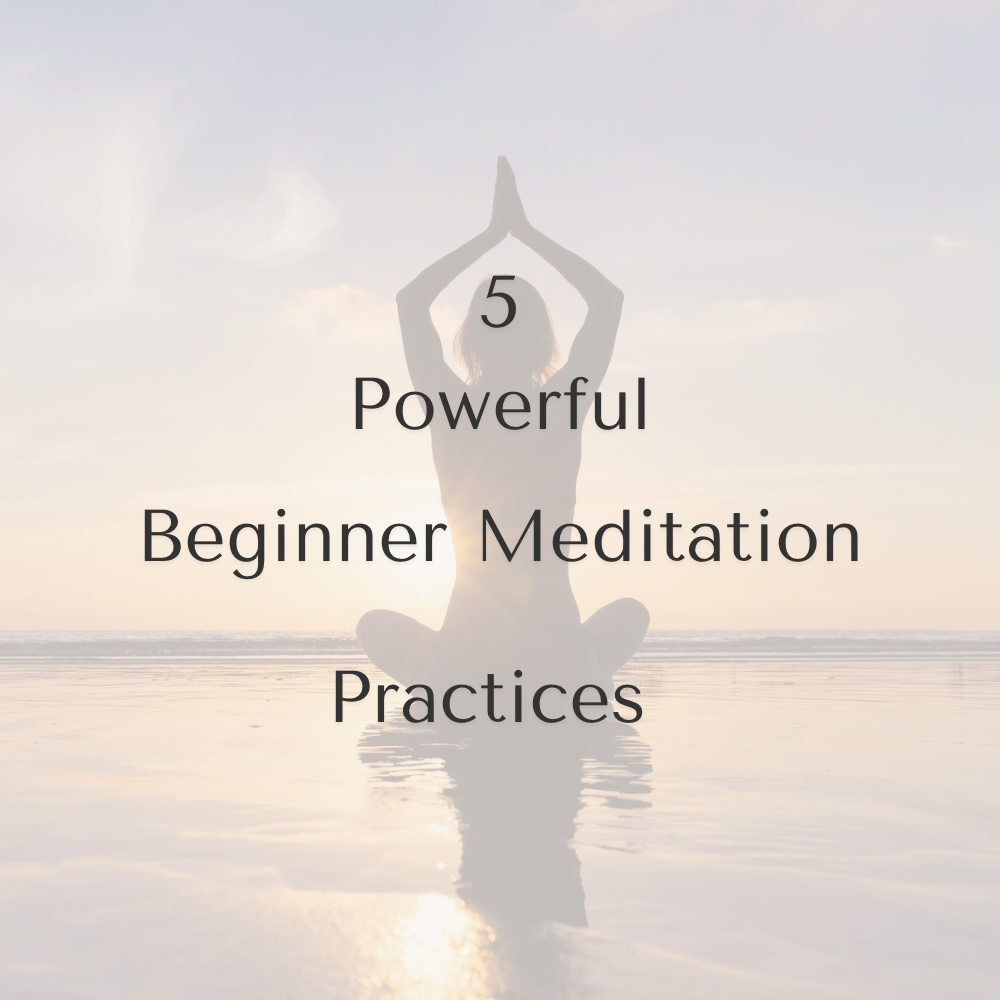5 Powerful Beginner Meditation Practices
“Don’t feel bad if you find yourself too restless to meditate deeply. Calmness will come in time if you practice regularly. Just never accept the thought that meditation is not for you. Remember, calmness is your eternal, true nature.”
The great thing about meditation is - anyone can do it. No matter what background you come from, meditation is an exercise for the mind that brings peace, relaxation, and higher consciousness when practiced. If you are new to meditation, these 5 practices could be a wonderful place to start.
5 Beginner Meditation Exercises
1. GUIDED MEDITATION
Our minds have the tendency to wander off, and because of that, many people find it easier to meditate listening to the instructions of another voice. This is best for beginners and those having trouble being with their thoughts in a quiet room. There are many great meditation apps such as Headspace, Calm, or for expecting parents: Expectful. Expectful is geared towards pregnancy, postpartum, and motherhood, while also providing meditations for both parents. Never let money come in the way of growing your meditation practice, as there are countless free videos on Youtube.
2. MINDFULNESS MEDITATION
Mindfulness meditation is the practice of being aware of the present moment. Focus on your breath and the air filling and emptying your stomach. Some people find that mentally saying the words, “inhale, exhale” on each breath to be helpful in staying focused. Don’t be hard on yourself when thoughts start filling your mind. Instead, see if you can be the silent watcher of them from an outside perspective. Remain calm when these thoughts flood in. Acknowledge them, accept them, and return back to focusing on your breath. Start with 3-5 minute meditation sessions. Gradually increase as you become more comfortable. Practicing mindfulness can be done anywhere. Take a moment to consciously go through each of your senses. Wherever you are, whatever you’re doing, you can choose to be mindful of both your thoughts and your actions. Practicing mindfulness meditation helps aid anxiety, stress, depression, sleep disorders, and so much more. Studies show that 8 weeks of meditation alters the brain and results in numerous benefits.
3. BODY SCAN OR PROGRESSIVE RELAXATION MEDITATION
Body Scan or Progressive Relaxation Meditation focuses on the awareness of every part of the body, bringing attention to areas of discomfort. The goal of this meditation is not to completely relieve pain, but to know and understand your pain so you know how to better manage it. To perform this meditation, you can sit in a chair, or lie down. Start by imagining a white light beginning at your toes and slowly working its way up to your hip, acknowledging every section of your leg as the light passes through it. Repeat on the opposite leg. Focus next on your stomach and torso. Pay close attention to any and all sensations felt. After your torso, scan both arms, allowing the light to pass from your fingertips to your shoulders. Then, bring your awareness to your neck and throat, all areas of the face, and the top and back of your head. Take some time to send loving, healing energy to the areas that are of discomfort. Repeat this every day to reduce inflammation, fatigue, and insomnia.
4. METTA MEDITATION
Metta meditation is derived from Buddhist practices, also known as “loving-kindness” meditation. Metta translates to benevolence, friendliness, and the goodwill to oneself and towards others.
Unlike mindfulness meditation, where we focus on our breath, Metta meditation (either silently or out loud) is the concentration of good wishes and love to all beings and life.
Essentially Metta meditation is the replacement of ill-will with good-will. While expressing goodwill to the people you love may be easy, sending good-will to those who may have different moral values than yourself can be challenging, but in the end, the most impactful.
“May all beings be safe and protected from physical and mental harm. May all be strong and healthy and enjoy well-being. May all be peaceful and truly happy. May all live life with more joy and ease". This is a mantra, by The Buddha, as an example on how to send good-will.
“We can never obtain peace in the outer world until we can make peace with ourselves”









